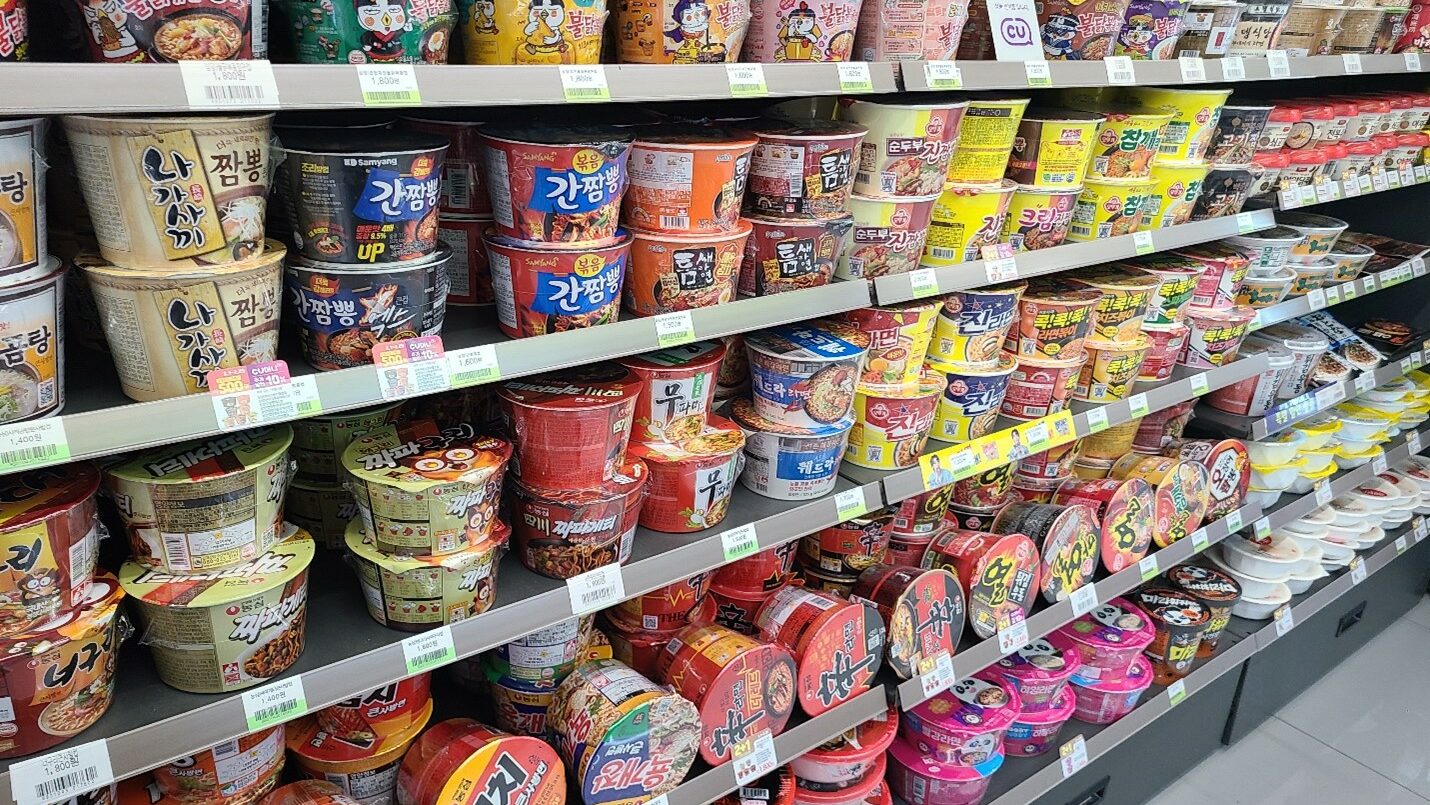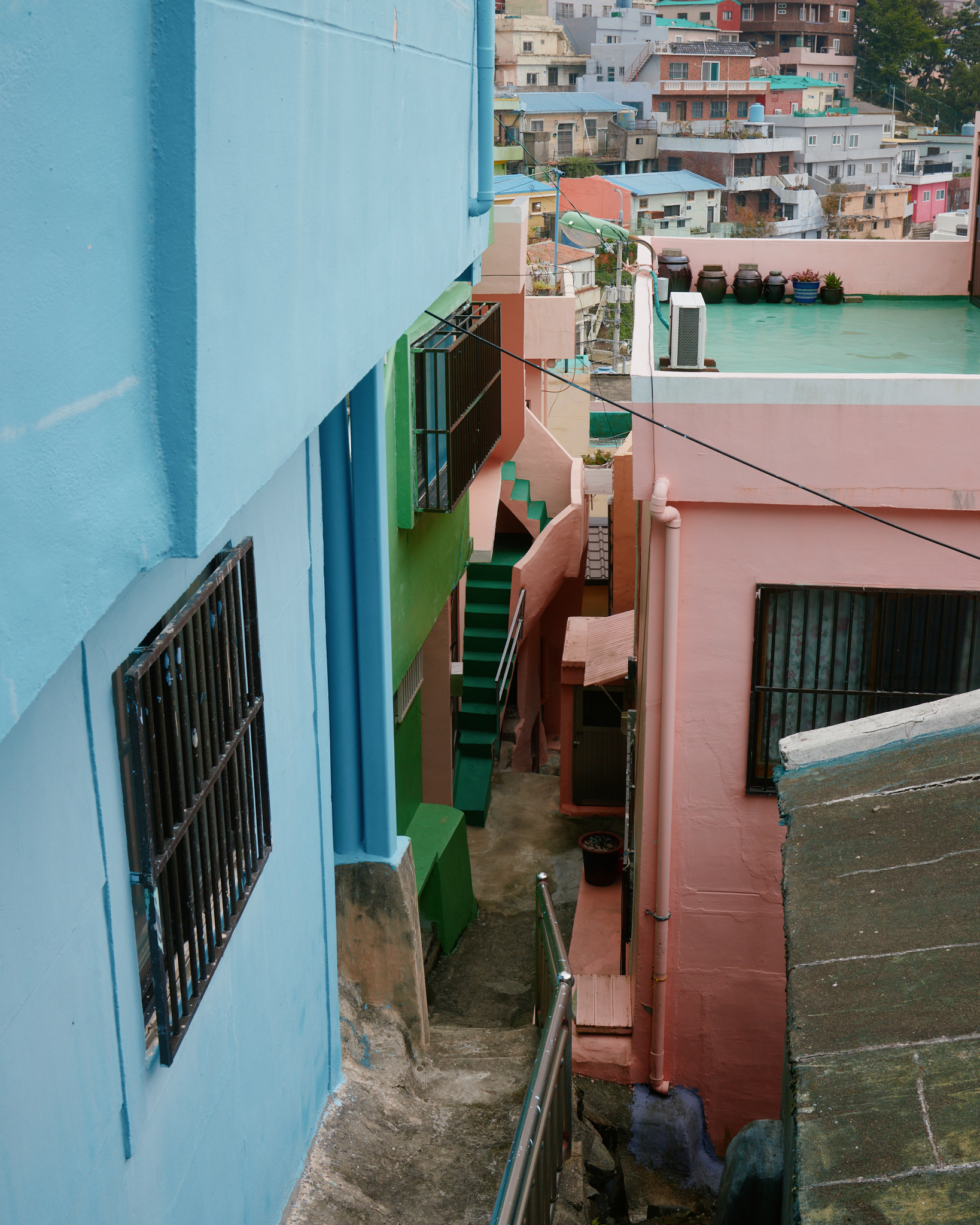Field notes: a first-timer's Korea

We worked with renowned The Times UK journalist, Jane Mulkerrins, to shine a light on South Korea and all the exciting things one of our favorite destinations has to offer (read about why she's pitted South Korea as the most exciting place to visit in 2024). We were curious about what stood out to Jane as a first-time visitor to Korea, and asked her to share her thoughts. Here are 10 things Jane noticed during her trip.
"I knew, of course, about the so-called “Korean wave” of music, television and cinema coming out of the country in recent years, and its internationally-renowned street food scene, now exported and replicated in foodie hotspots globally. But apart from that - and some rudimentary history about the Korean War - I knew embarrassingly little about the country, or its character and people before visiting. Here are ten surprising things about a first-timer's Korea:
The street food scene
I knew it would be good, but I had no idea just how good. At Seoul’s Gwangjang market (and at similar sites in other cities, like the Tourist & Fishery Market in Sokcho and Kkangtong market in Busan) the street food scene is breathing new life into ailing retail spaces, where locals and tourists now flock instead to sample mung bean pancakes, tteokbokki (sticky rice cakes in spicy sauce), fish cakes, gimbap (spring rolls), pig’s trotters and sundae - the scary-looking Korean blood sausage. Most of which will set you back just £3-5.
There is also incredible Korean-style fried chicken everywhere, glass noodles, soupy noodles, and bibimbap served with ten different varieties of kimchi; fried, grilled and blow-torched squid, and hotteok, a fried doughy pancake filled with hot cinnamon syrup. In short, you will struggle to ever find yourself remotely hungry in Korea.The spas
Jjimjilbang - traditional Korean spas and bathhouses - are not a rare luxury in Korea, more a way of life. In the basement of a slightly sketchy shopping center in Seoul, I find SpaRex, a small, traditional jjimjilbang (entry just £6 for 24 hours), and my gateway to Korean spa-ing, where placenta massages are on offer for £65 (I pass).
A few days later in Busan, I visit Spaland, a giant spa on the ground floor of Shingsegae, a slick 14-story shopping emporium. For 20,000 won (£12) for four hours, you get access to nine single-sex pool-sized baths of different temperatures, and around a dozen mixed hammam rooms and saunas. Be warned though, Jjimjilbangs are generally clothes-off spaces - in the single-sex areas at least.How rarely I heard other English accents
In spite of the interest in Korea from UK tourists, refreshingly, beyond Seoul, I don’t hear another British accent. Not in the cities of Sokcho or Busan, and I hear no English spoken at all in Andong, a collection of heritage sites in the south east of the country, where I spend the night in a traditional hanok, a single-story thatched Korean home, in the Hahoe Folk Village.
In Busan, I do meet visitors from many other countries though, including the US, Spain, India and South America - many dragged there by teenage offspring on a pilgrimage to the birthplace of their K-Pop heroes, BTS.Busan - and the beach scene
Korea’s second city - and the nation’s favorite weekend break destination - is packed in the summer months. But even on a blustery November weekend, it is lively and buzzy. With its vast beach and promenade, gleaming high-rise hotels, karaoke bars and seaside resort vibes, it reminds me of Miami (without the very naughty aspects).
Haeundae Beach, the new end of the city, is the place to head for fun, but I was also taken by the older side of the city, in particular the outdoor Jagalchi fish market, run almost entirely by women (and accordingly neat and well-ordered), selling everything from sting ray and dried squid to shark’s tail.Image
How fast Korea has risen from poverty to economic power
At museums in Seoul, Busan and elsewhere, I am struck by photographs of Korea in the 1950s and 1960s, which look like scenes from a century earlier. As a “modern” country, I soon learn, it’s only really existed since the end of the war in 1953 (technically only a ceasefire; North and South Korea are still officially at war), since when aggressive economic growth, industrialization and rebuilding has lifted it from poverty to become the 13th largest economy in the world, in the space of a generation. Koreans proudly call it the “Miracle on the Han River”.
The work/life balance (or lack of it until lately)
Thanks to the national focus on rebuilding, Koreans worked a six-day week until 2002, and are only now starting to embrace the idea of leisure. Hence why places like Busan are still gaining momentum - the idea of a ‘weekend break’ is still very new here.
The good behavior
I am first struck by the orderliness on the Seoul subway, where passengers will queue at doors in single file before a train has even arrived. Ask locals about this tendency towards good behavior and they put it down to Confucianism. Imported from China in the 14th century and retooled to become Korea’s guiding philosophy, Confucionism emphasizes the importance of the group over the individual, deference to age and authority, and, crucially, education and personal development. The national focus on getting top exam grades is very much in this vein.
The shopping
Take, or (as I am forced to do) buy an extra carry-on bag for all the stuff you will definitely want to bring back. From face masks and moisturizers (Korean beauty products are rightly renowned for being the best in the world - read InsideAsia's 24 hours on the K-beauty scene post) to heated eyelash curlers, cute stationary, phone holders, clothes and accessories, Korean knick-knacks make the perfect presents. I stock up on all manner of snacks too - from wasabi almonds and chocolate-flavored puffs to cheese in a tube and strips of dried squid. My 11 year-old goddaughter, thrilled with her birthday haul of Korean gifts, even takes to Tik-Tok to try the squid.
Image
The hiking
For all its cultural output and K-Pop culture, Korea has abundant nature too - 70% of the country is mountainous, and hiking is huge. Sokcho, the east coast city two and a half hours by express bus from the capital makes a great gateway to the spectacular Seoraksan National Park, where I hike to the Towangseong Falls. I sadly arrive a little too late to catch the autumn leaves, which carpet the parks in spectacular golden hues.
The drinks
I’d never thought of Korea as having much of a drinking culture, but at 7.8, a low-key bar in Seoul’s hipster Euljiro neighborhood, filled with locals in black polo necks, I am introduced to Makgeolli, a traditional fermented rice wine that’s enjoying a renaissance among young people. I also meet Geusen, one of the bar’s owners, who’s just been dumped by his girlfriend and is keen for drinking company. Thanks to Geusen and his hospitality, I sample most of the many varieties of makgeolli on the menu, and am saved from falling over only by the fried potato pancake, an excellent example of “anju”, the to-the-point Korean term for “drinking food”."
If you're interested in taking a trip similar to Jane's, take a look at the best of our South Korea itineraries.






